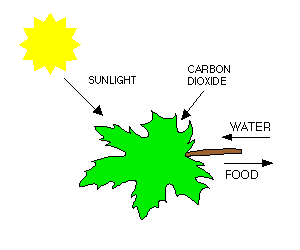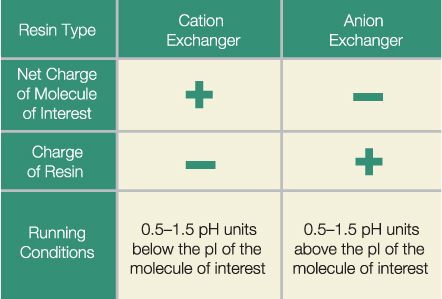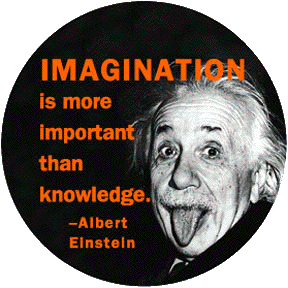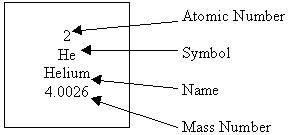
Well let's get started! So a common question most people ask is why do people die? Everything in the universe has an beginning and an end, from huge galaxies to microscopic organisms. Even with all of the medicine we have today, our organs start to deteriorate. Some people (including me) think that it's important to live our lives to the fullest. I mean you have only one life, might as well live it awesomely!

| Ha ha I absolutely love this! |
There are lots of reason to die. There is sickness, old age, or Twilight... Anyways, have you ever wondered what happens after you die? First, the blood stops circulating in your body. Blood starts to collect in whatever part of the body is closest to the ground. This is called liver morits, and it causes the skin to look a little discovered. Since the body isn't making energy and heat anymore, it cools. This is called algor mortis. There's also rigor morits when the body starts to stiffen. Depending on the conditions you're in, it takes about a year for the body to break down into just bones.
| The pictures were too gross so here's a smiley face to lift up your spirits! |
No one really knows where your actual soul goes. Some people believe it goes to either heaven or hell. Some people believe that their spirit hangs around here on earth as ghosts. There are lots of different ides, but it's really your choice on what to believe.
 |
 |
| It's doing the Jenna Rose!! |
Here are some cool facts about death:
-Approximately 100,000,000,000 people (that's 100 billion!) have died since humans began.
-The same enzymes that digest your food while you're alive will start eating your body once you're dead.
- A cockroach will live nine days without it's head, before it starves to death.
-A dentist invented the Electric Chair.
-About 100 people choke to death on ballpoint pens each year.
And here are some cool links:
Click here to see some more interesting death facts! Click here to learn about rigor, livor, and algor mortis! Click here to learn odd facts about death!
That's the end of our blog on death. I know, death is depressing but we all are one day going to have to face it. RIP all of the loved ones that have left us. But, to end on a happy note, here's come funny pictures to end it off! Bye everyone! Science Fun:)

 |
| Hahahaha! I love this one!! |
 |
| LIFE IS GOOD! :) |

























